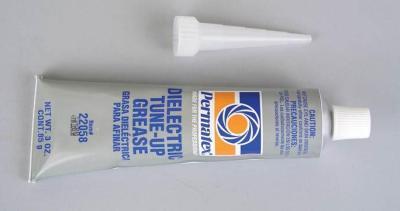WranglerX
Super Member
IF you want to prevent corrosion use dielectric grease, it keeps moisture and oxygen out of crimp preventing corrosion.... Yes is supposedly insulative... BUT if you have proper crimp you have solid mechanical connection and that is key.... ALL my electrical work (crimp connections) uses dielectric grease I even use in on battery connections (dry cells too) light bulbs in my vehicles and light bulbs in house....

This is also a good corrosion preventative, I have uses it on automotive batteries and never had corrosion problem in life time of battery...Also is pretty much a "standard' in telecom power system for backup batteries in central offices and and cellular sites...

Dale

This is also a good corrosion preventative, I have uses it on automotive batteries and never had corrosion problem in life time of battery...Also is pretty much a "standard' in telecom power system for backup batteries in central offices and and cellular sites...

Dale
